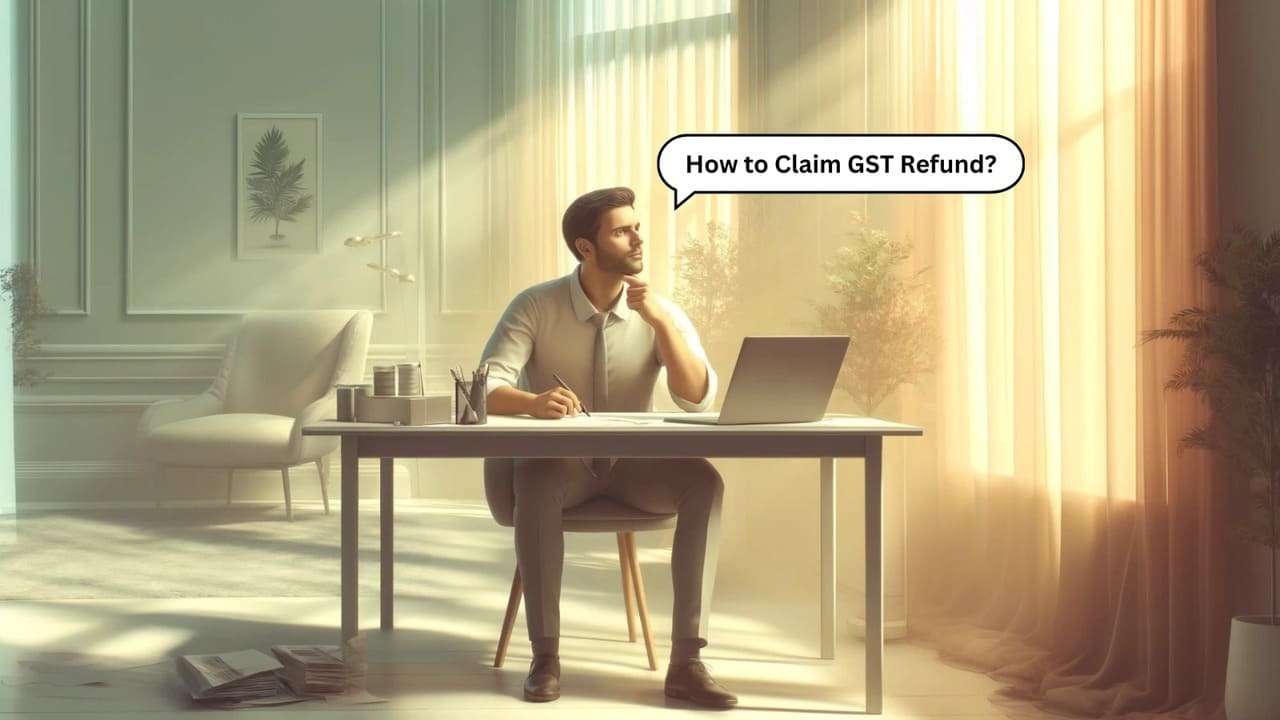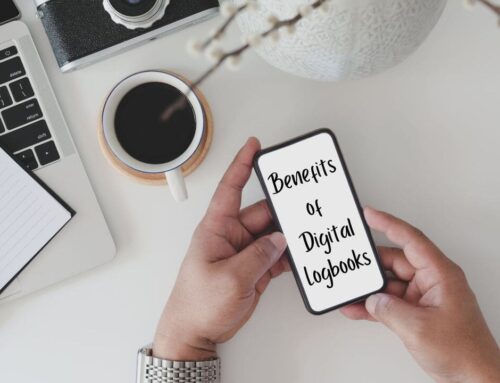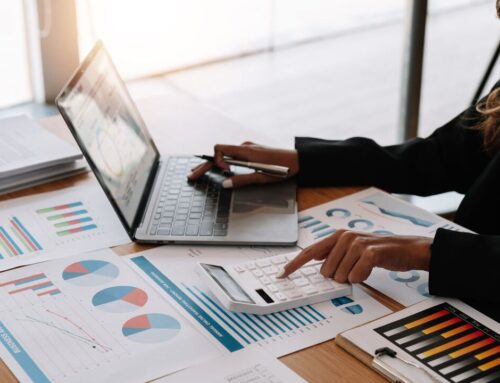The GST refund can be a difficult task for sole traders. Many small business owners struggle with understanding the intricacies of the Goods and Services Tax (GST) system. This often leads to missed opportunities for reclaiming hard-earned money.
The solution lies in mastering the process of claiming GST credits. This article serves as a guide for sole traders on how to claim GST refunds effectively.
It covers everything from registering for GST to filing Business Activity Statements (BAS) and dealing with the Australian Taxation Office (ATO).
By the end of this guide, you’ll be equipped with the knowledge to optimize your tax returns and enhance your business’s financial health.
What is GST?
GST, or Goods and Services Tax, is a value-added tax levied on most goods and services sold for domestic consumption. In Australia, GST is a crucial part of the taxation system, with a standard rate of 10%. Businesses that are registered for GST need to include GST in the price of goods or services they sell and can claim credits for the GST included in the price of their business purchases.
GST Refund for Sole Traders
For sole traders in Australia, the GST refund mechanism allows them to reclaim the GST paid on business-related purchases. This process is integral to managing cash flow and reducing the overall tax burden.
To qualify for a GST refund, sole traders need to register for GST and generate a turnover that surpasses the registration threshold.
Sole traders claim the refund by submitting their Business Activity Statement (BAS), where they report their GST collections and credits.
How to Claim GST Refund?
To claim a GST refund, follow these steps:
- Register for GST: Ensure your business is registered for GST if your annual turnover exceeds the threshold.
- Keep Accurate Records: Maintain all tax invoices and receipts for purchases made for your business.
- File Business Activity Statements (BAS): Report your GST collections and input tax credits on your BAS.
- Calculate Your GST Refund: Subtract the total GST paid on purchases (input tax credits) from the GST collected from sales. If the amount is negative, you are eligible for a refund.
- Submit Your BAS: Lodge your BAS with the Australian Taxation Office (ATO) by the due date.
- Receive Your Refund: If you are entitled to a refund, the ATO will process it after assessing your BAS.
By following these steps and keeping accurate records, sole traders can efficiently claim their GST refunds and manage their finances effectively.
When to Claim a GST Credit?
Claim a GST credit when:
- Your business is registered for GST.
- You have a valid tax invoice from a GST-registered supplier.
- The purchase relates to your business activities.
- The goods or services include GST in the price.
- You claim the credit on your Business Activity Statement (BAS). Remember, you can’t claim GST credits for private expenses or if the supplier isn’t registered for GST. Always ensure your tax invoices are complete and accurate to support your claim.
Tourist Refund Scheme (TRS)
The Tourist Refund Scheme (TRS) primarily benefits tourists, but it can also indirectly help sole traders who operate in the retail or service sectors. Here’s how:
- Increased Sales: By promoting the availability of GST refunds through TRS, sole traders can attract more tourists to their businesses. This can lead to increased sales and revenue.
- Competitive Advantage: Offering TRS-eligible products or services can give sole traders a competitive edge over businesses that don’t participate in the scheme.
- Improved Cash Flow: When tourists claim refunds, it doesn’t affect the sole trader’s finances directly. The Australian government handles the refunds, so the trader’s cash flow remains stable.
- Enhanced Reputation: Providing TRS-eligible goods and services, and assisting tourists with the process, can enhance the reputation of the business. Happy customers are more likely to return and recommend the business to others.
- Market Expansion: By catering to the needs of international tourists, sole traders can expand their market reach and explore new business opportunities.
While the TRS is designed for tourists, its indirect benefits can positively impact sole traders in the tourism and retail sectors.
Common Challenges in GST Refund Claims

1. Incomplete Documentation:
Missing or incorrect tax invoices can delay the refund process. Ensure all invoices are accurate and readily available. A valid tax invoice is essential for claiming GST credits.
2. Eligibility Issues:
Misunderstandings about what qualifies for a GST refund can lead to rejected claims. Familiarize yourself with the guidelines set by the Australian Taxation Office (ATO). Ensure that your business expenses are eligible for a GST claim.
3. Timing Discrepancies:
Submitting claims outside the designated timeframe can result in denials. Adhere to the deadlines specified in your Business Activity Statement (BAS). It’s crucial to claim back the GST within the stipulated period.
4. Calculation Errors:
Inaccurate calculations of input tax credits can affect the refund amount. Double-check all figures before submission. Use tools to calculate GST accurately and ensure the amount of GST claimed is correct.
5. Audit and Compliance Checks:
The ATO may conduct audits to verify the accuracy of claims. Be prepared with all necessary documentation to support your claim. Ensure that your suppliers are registered for GST and that you have claimed GST credits only for business purposes.
6. Complexity of International Transactions:
For businesses dealing with imports or exports, understanding the tax implications can be challenging. Seek advice on how GST applies to international transactions. Consider the impact of the Wine Equalisation Tax and other specific taxes on your refund claim.
7. Technology Limitations:
Inadequate accounting software can complicate the tracking and reporting of GST. Invest in reliable software that can handle GST calculations and reporting efficiently. Utilize QR codes and mobile applications for easier management of tax invoices.
8. Changes in Legislation:
Stay updated with any changes in GST laws to ensure compliance and avoid penalties. Be aware of the GST threshold and registration requirements for your business.
Conclusion
Claiming a GST refund as a sole trader involves understanding the eligibility criteria, accurately filing Business Activity Statements, and navigating the refund process. By staying informed about the GST system and maintaining accurate records, sole traders can efficiently manage their tax obligations and maximize their refunds. Remember to consult with tax professionals or the Australian Taxation Office for guidance tailored to your specific business needs. How has your experience been with claiming GST refunds as a sole trader?
FAQs
1. Are all sole traders eligible for GST refunds?
Sole traders become eligible for a GST refund if they register for GST and claim more GST credits than the GST they owe.
2. What documents are needed to claim a GST refund?
Sole traders need valid tax invoices and records of business expenses to claim a GST refund.
3. How long does it take to receive a GST refund?
The Australian Taxation Office (ATO) typically processes GST refunds within 14 days of receiving a BAS.
4. Can a sole trader claim a GST refund for personal expenses?
No, GST refunds are only applicable to business-related expenses.
5. What is the Tourist Refund Scheme (TRS) in relation to GST?
The TRS allows tourists to claim a refund of the GST paid on goods purchased in Australia.




